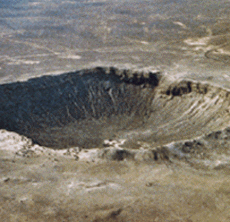This is the Barringer Meteor Crater in Arizona.
Click on image for full size
D. Roddy and LPI
Impact Craters on Earth
Compared with other planets, impact craters are rare surface features on Earth. There are two main reasons for the low number of craters. One is that our atmosphere burns
up most meteoroids before they reach the surface. The other reason is that Earth's surface is continually active and erases the marks of craters over time. The picture is the Barringer Meteorite Crater found in Arizona. It was probably formed about 50,000 years ago when an iron meteorite struck the Earth's surface. Many other large craters are found in Australia, Canada and Africa.
You might also be interested in:
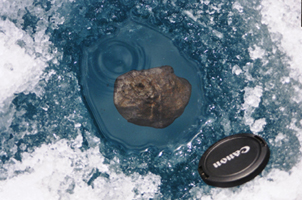
On January 18, 2000, a bright fireball streaked through the skies of northern Canada as a meteorite entered the atmosphere and fell to Earth. The meteorite eventually came to rest on the surface of a frozen
...more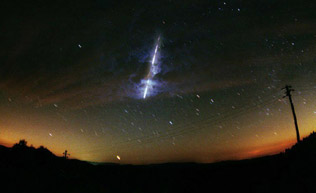
Meteors are streaks of light, usually lasting just a few seconds, which people occasionally see in the night sky. They are sometimes called "shooting stars" or "falling stars", though they are not stars
...more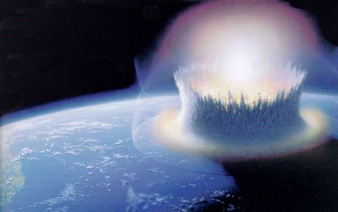
The popular theory that the Chicxulub crater holds the clue to the demise of the dinosaurs might not be correct after all, according to a paper to be published in the Journal of the Geological Society
...more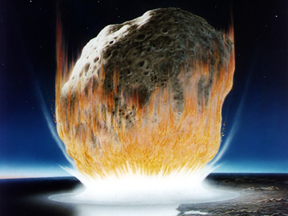
For decades, scientists have accumulated ever-larger datasets that suggest an enormous space rock crashed into the ocean off the Yucatan Peninsula more than 65 million years ago, resulting in the Cretaceous-Paleogene
...more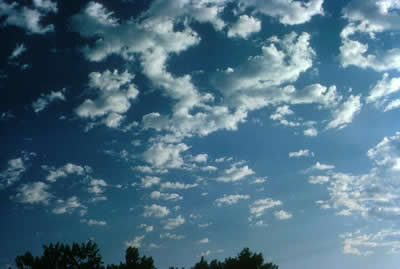
Altocumulus clouds are part of the Middle Cloud group (2000-7000m up). They are grayish-white with one part of the cloud darker than the other. Altocumulus clouds usually form in groups and are about
...more
Altostratus belong to the Middle Cloud group (2000-7000m up). An altostratus cloud usually covers the whole sky and has a gray or blue-gray appearance. The sun or moon may shine through an altostratus
...more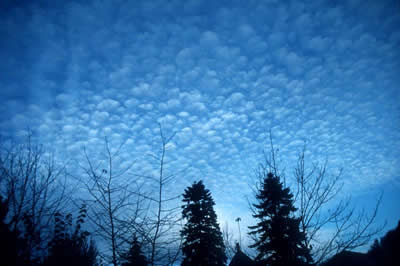
Cirrocumulus clouds belong to the High Cloud group (5000-13000m). They are small rounded puffs that usually appear in long rows. Cirrocumulus are usually white, but sometimes appear gray. Cirrocumulus
...more


